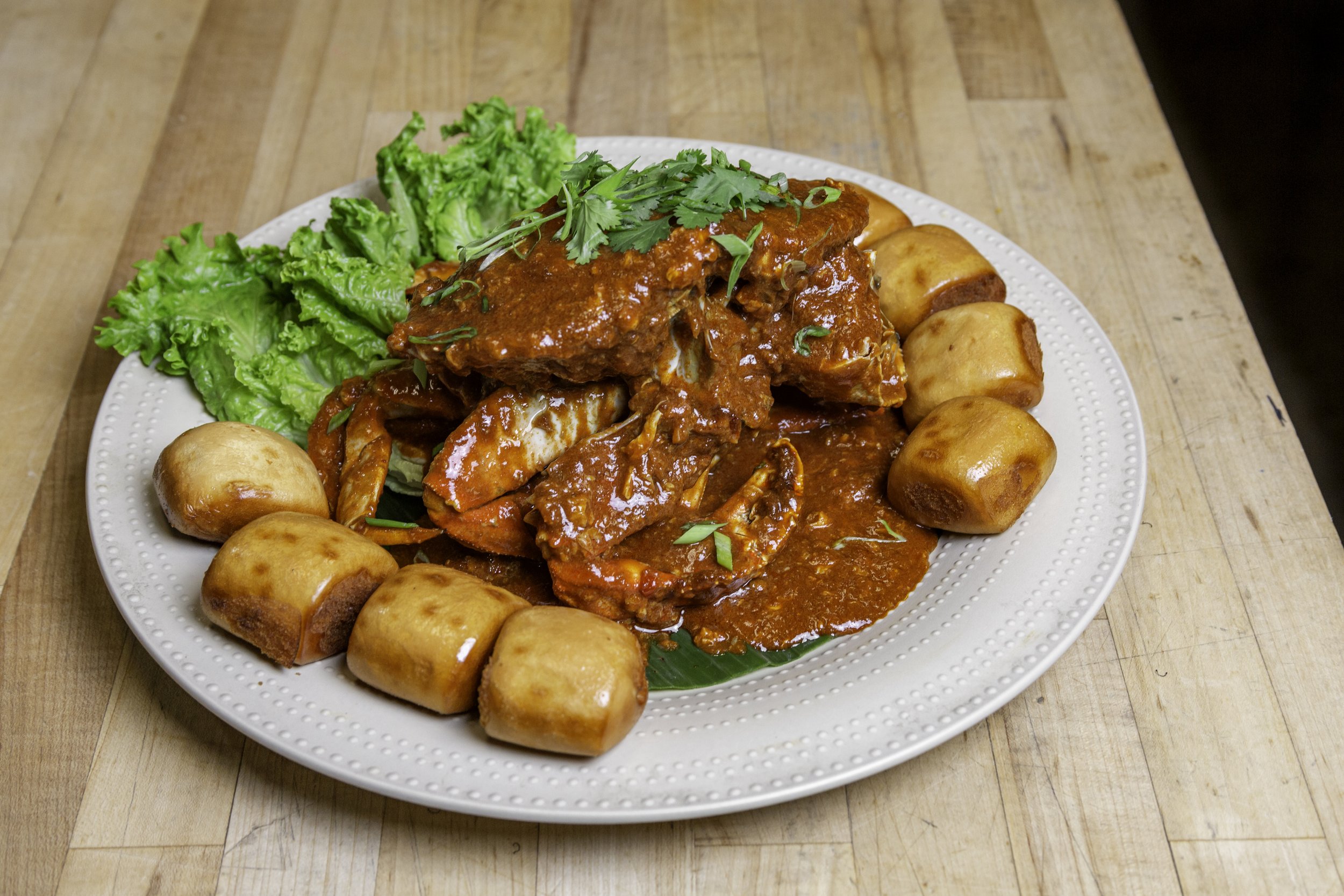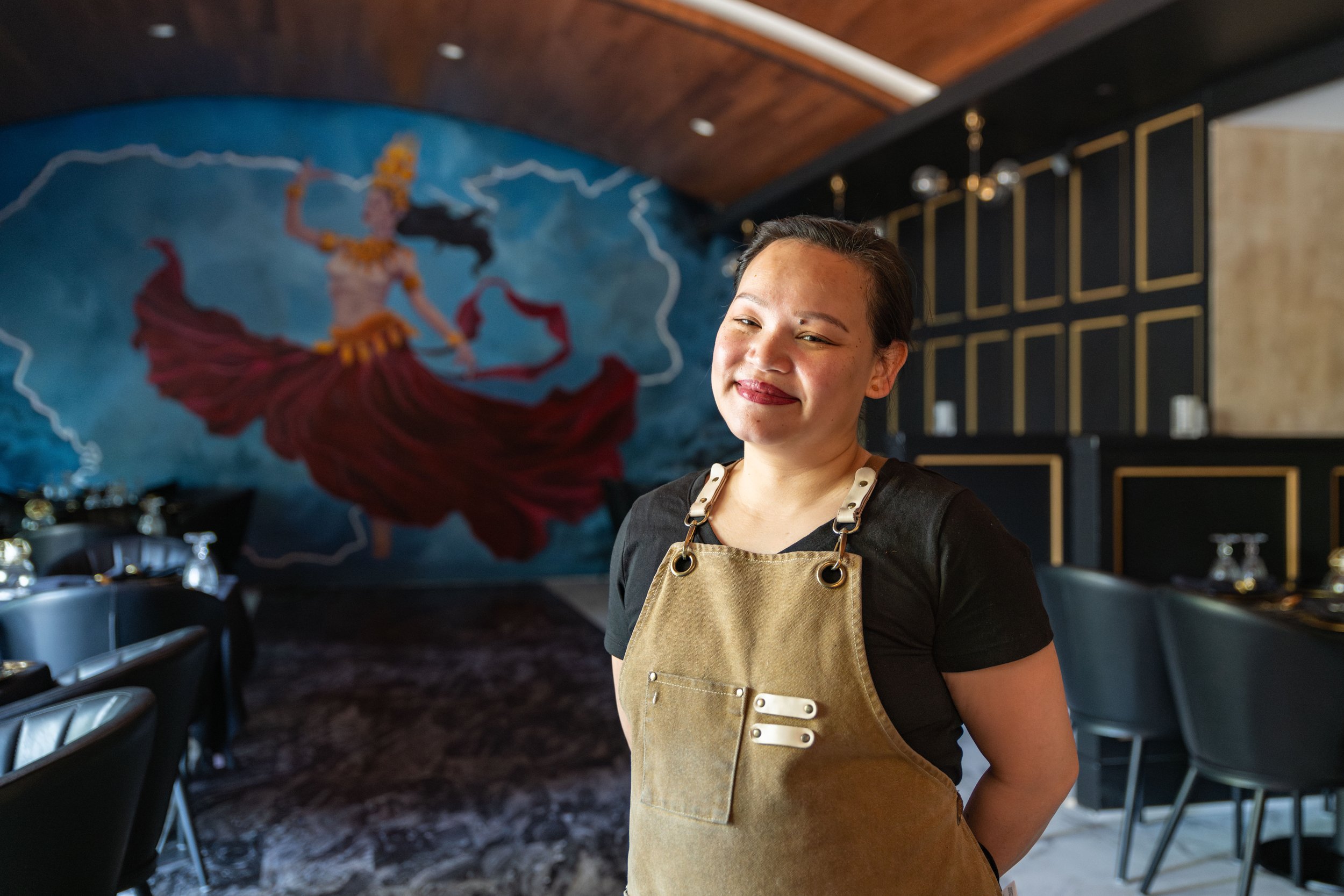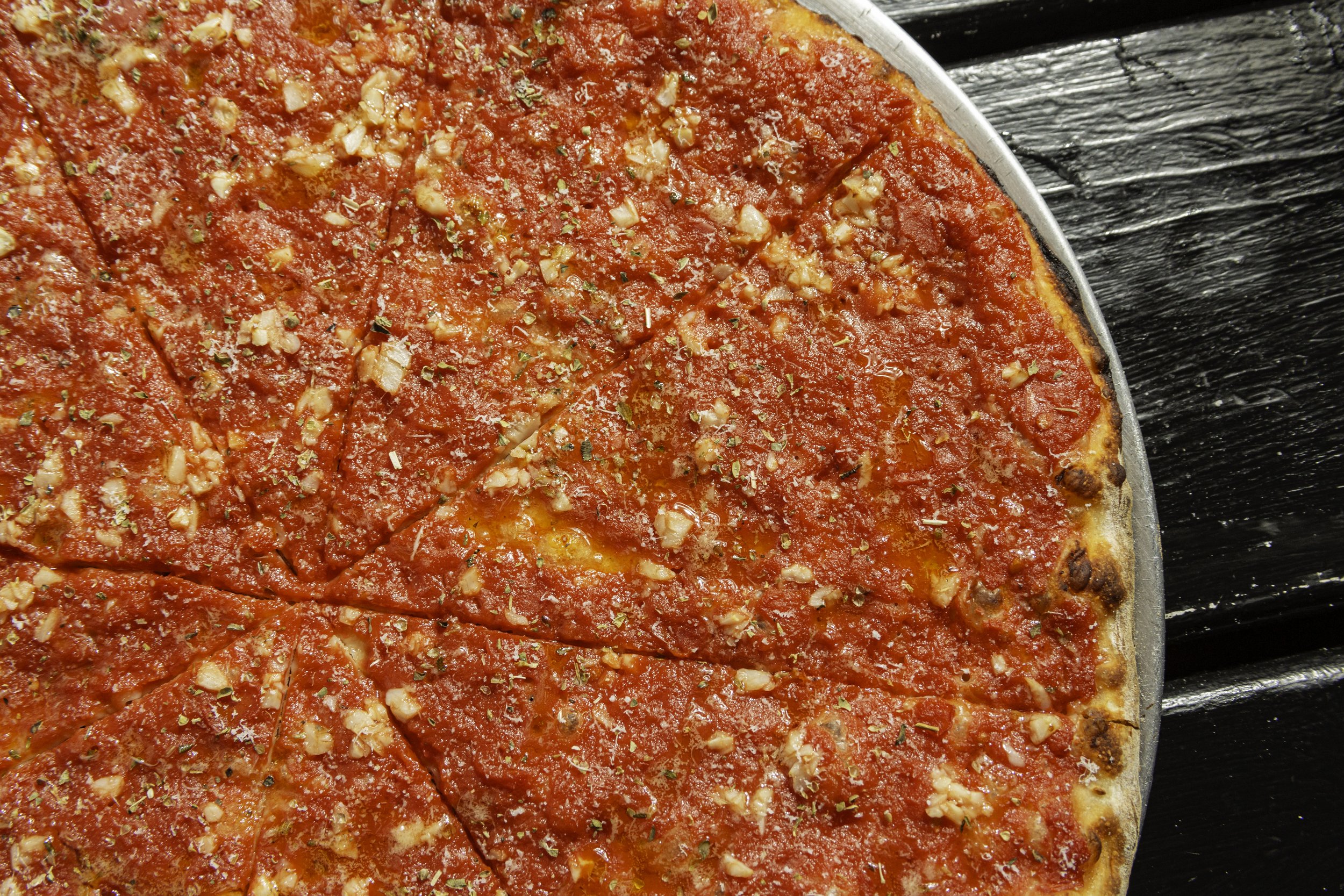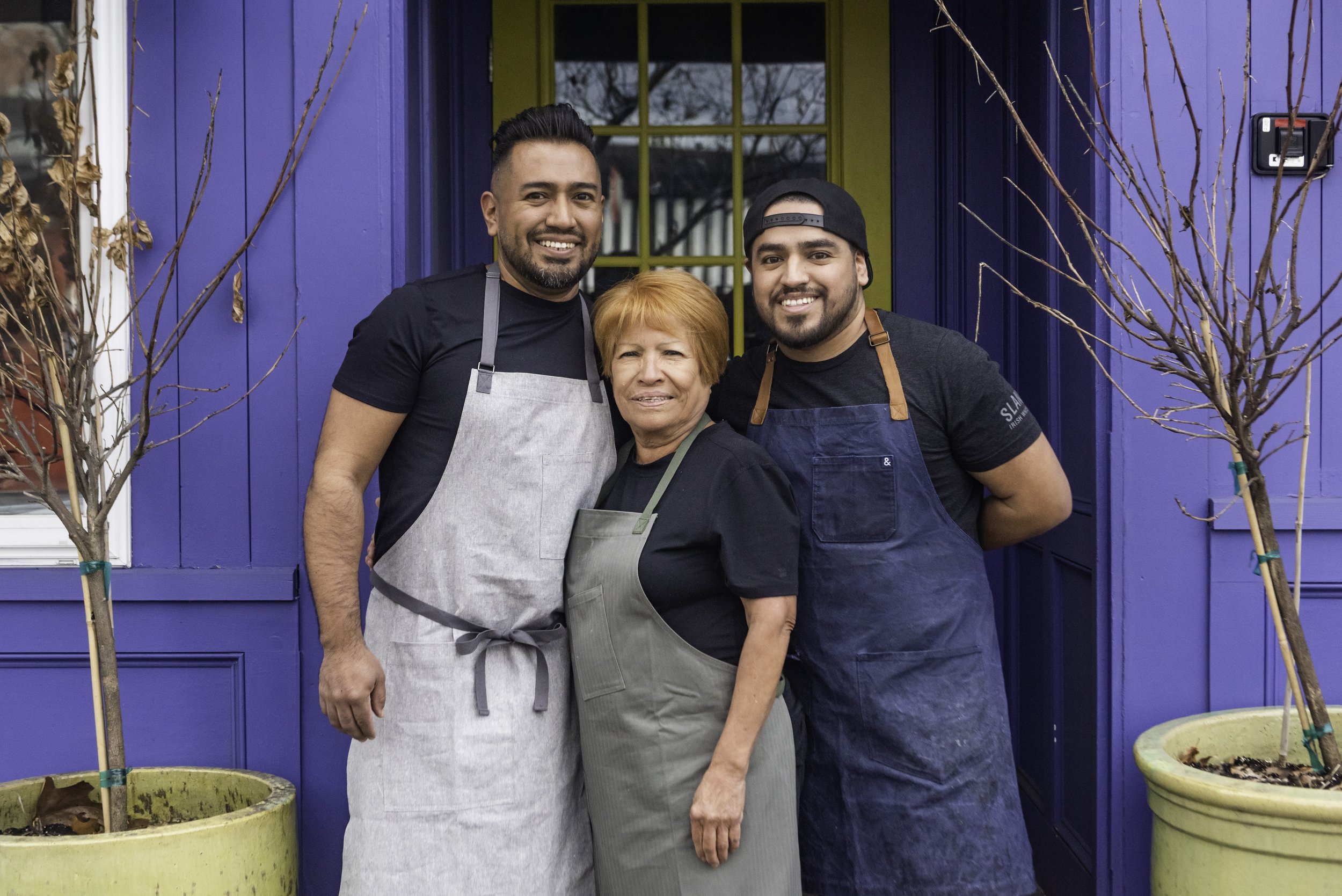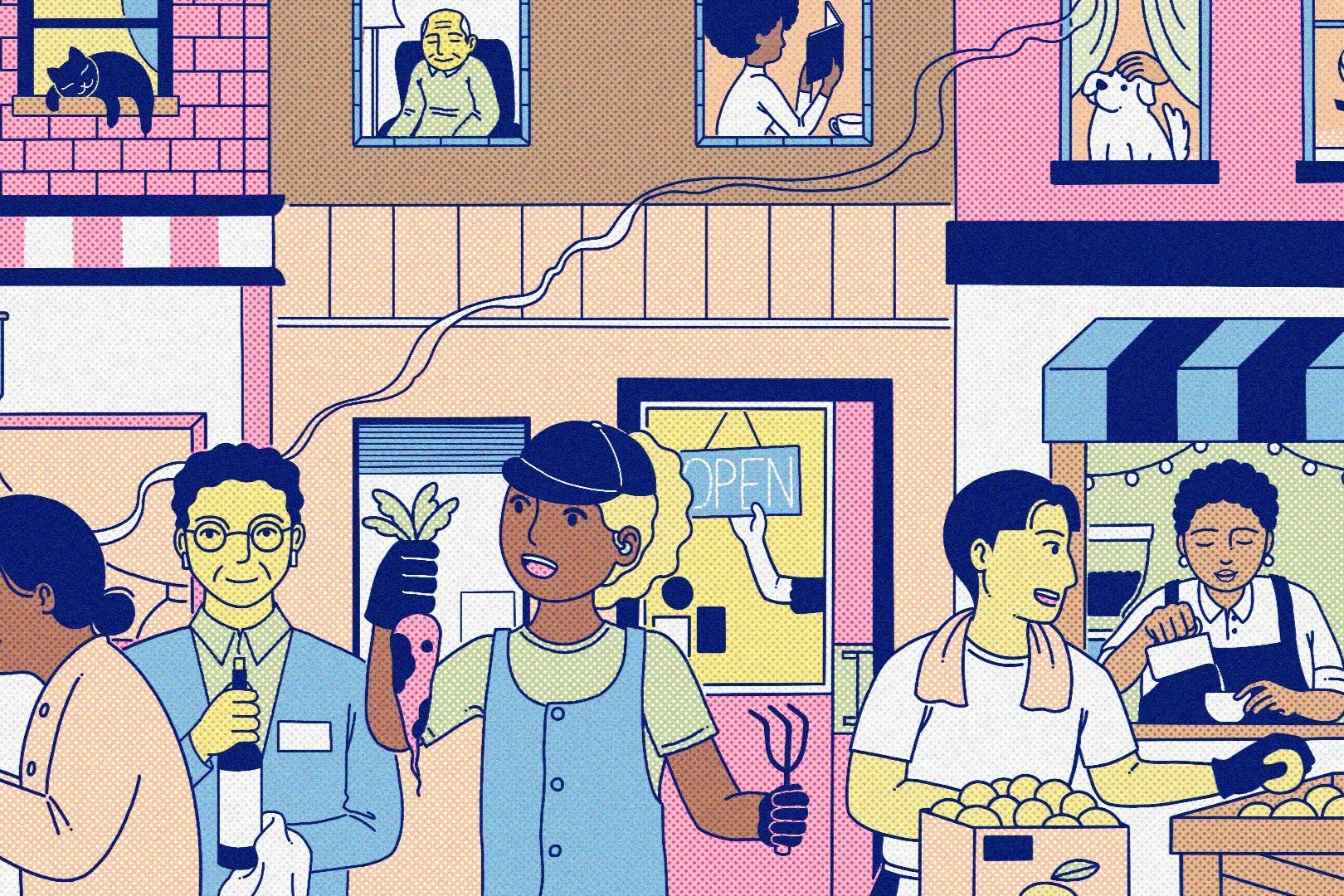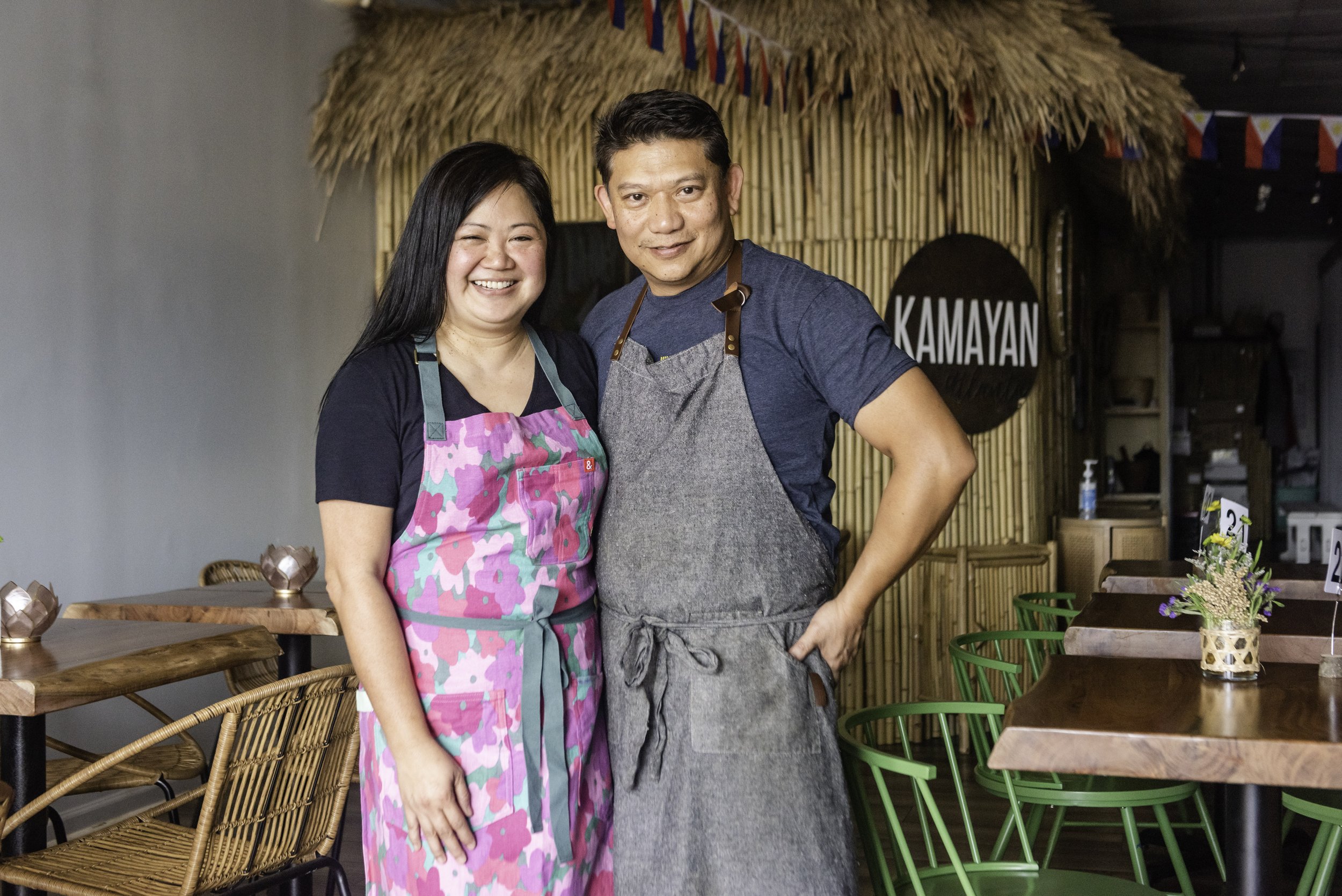The Next Generation of Hawker
Chef Emily Lim of Dabao Singapore seeks to evolve tradition by highlighting Singapore’s street food culture.
photos: raeann serra
At Dabao Singapore, Chef Emily Lim is bringing the bold street food flavors of her hometown to San Francisco with the mission of keeping hawker culture alive.
From an early age, Emily Lim developed a fascination with hawker food and culture. Growing up in Singapore, she was accustomed to meeting with family and friends at hawker centers, lively open air food courts that serve as de facto community centers and gathering spaces. Hawker centers feature a diverse collection of Chinese, Malay, and Indian flavors, the three largest immigrant populations in Singapore. With over 100 located across the city, hawker centers offer a vast array of foods made by small independent vendors, serving locals and visitors alike.
In 2012, Lim enrolled at the Culinary Institute of America’s Singapore campus, looking to develop a culinary foundation so that she could cook and share hawker dishes on a larger scale. While on a school trip to northern California, she fell in love with the Bay Area and decided to relocate to San Francisco after graduation. Lim eventually joined the team at ALX, working her way up to executive sous chef, but when the pandemic hit in 2020, Lim, like so many others, was laid off.
Looking to make an opportunity out of an otherwise unfortunate situation, Lim returned to her love of hawker food and began selling bowls of laksa out of her house. Dabao Singapore was born. She hired industry friends who had also lost their jobs, many of them also Singaporean.
Dungeness Crab, Chile-Crab Sauce, Mini Mantous, Lettuce, Cilantro, Scallion
Laska: Shrimp, Fishballs, Fish Cake, Rice Noodles, Spiced Coconut Broth, Egg, Puffed Tofu, Sambal
Using her culinary training to recreate the hawker dishes from her childhood, Lim staffs her kitchen with young chefs, hoping to pass along her knowledge. Her efforts to preserve hawker culture are more important than ever: she wants her fellow Singaporeans (and anyone who enjoys Singaporean food) to realize that this generation of hawkers may be the last one. The median age of a hawker stall operator in Singapore is 59. Many hawkers don’t want their children to take over their small businesses and deal with the high physical demands and low financial returns. “Hawkers have a thankless job. Most have not had an education. A lot of them want their kids to work white collar jobs and not suffer as they did.” She fears that with the retirement of this generation of hawkers, their knowledge will also go with them.
At the end of 2020, the United Nations Educational, Scientific, and Cultural Organization recognized the importance of hawker centers to Singapore’s cultural heritage by adding Singapore’s hawker culture to the Representative List of the Intangible Cultural Heritage of Humanity. The Singaporean government is also trying to promote the preservation of hawker culture by allowing existing hawkers to pass on their businesses to non-family members, but Lim notes that it still may not be enough.
Through Dabao Singapore, Lim strives to educate the public about the true costs of running a business, and that these costs should be reflected in what the public pays. Lim plans to educate other cooks and diners alike “to change the mindset that [Singaporean] food should be cheap. [The] food is cheap at someone else’s expense.”
Lim’s hope is for younger cooks to take the knowledge she teaches at Dabao, replicate the model, and to “stand up for what they believe in–that if you make a good product and work hard, you should be paid decently for the product.”


